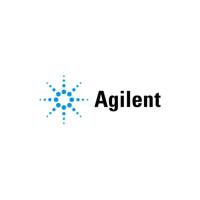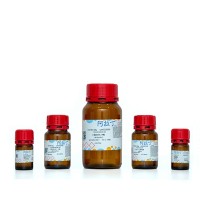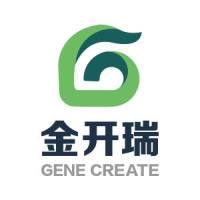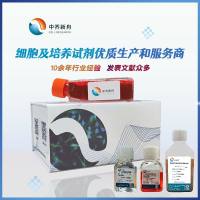Vascular Endothelial Cells from Human Micro- and Macro-vessels: Isolation, Characterisation and Culture
互联网
598
The endothelium residing in different vascular beds displays high-degree phenotypic heterogeneity at morphological, functional, biochemical, and molecular levels. Endothelial cells (ECs) can be easily harvested from large vessels by mechanical removal or collagenase digestion. In particular, the umbilical vein has been used due to its wide availability, and study of the ECs derived from it have undoubtedly greatly advanced our knowledge of vascular biology. However, the majority of the body’s endothelium (>95%) forms the microvasculature, and it is these cells providing the interface between the blood and tissues that play a critical role in the development of new blood vessels. This has led to the establishment of techniques for the isolation of microvascular ECs from different tissues to provide more physiologically relevant in vitro models of angiogenesis and EC function. The main focus of this chapter is the use of superparamagnetic beads (Dynabeads) coupled to anti- platelet endothelial cell adhesion molecule-1 (PECAM-1) antibodies (PECA beads) to isolate microvessel ECs from human adipose and methods for the characterisation and maintenance of ECs in culture. Adipose tissue is an ideal source of microvessel ECs as it is composed mainly of adipocytes with a rich microvasculature and is easy to disaggregate. Adipose obtained at reduction mammoplasty or adominoplasty is first dissected free of connective tissue and subjected to collagenase type II digestion. The adipocytes are removed by several rounds of centrifugation and separated from the microvessel-rich pellet, which is then further disaggregated with trypsin/EDTA (ethylenediaminetetraacetic acid) solution. Following filtration to remove fragments of connective tissue, the pellet is incubated with PECA beads, and microvessel fragments/ECs are washed and harvested using a magnet. In addition, the adaptation of this basic technique to isolate microvessel ECs from human lung and stomach is also described along with methods for the preparation of large-vessel endothelial cells.









